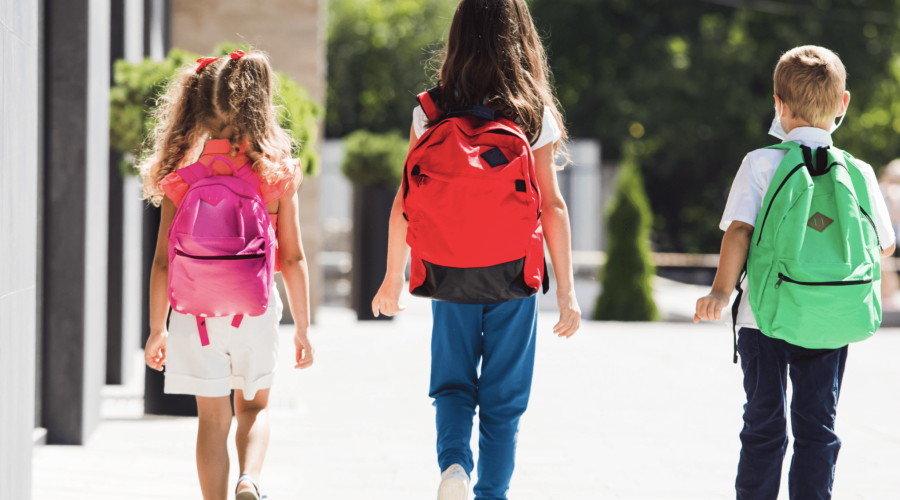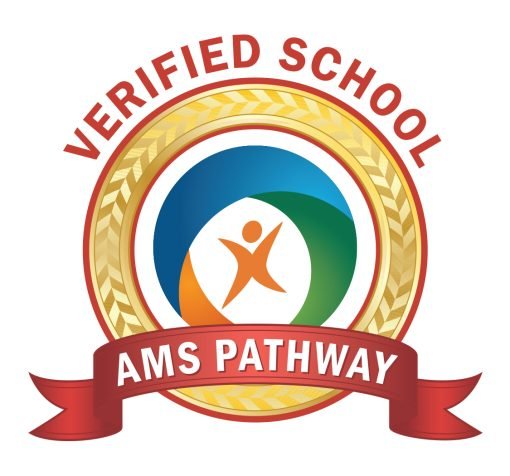As the back-to-school season approaches, creating well-thought-out routines becomes essential for kids of all ages. Routines provide children with a sense of security and predictability, which is especially crucial during periods of change, like heading back to school. A well-established routine helps kids understand what to expect each day, reducing anxiety and helping them feel more in control of their environment. Additionally, routines promote time management skills, responsibility, and self-discipline—all essential traits for success.
Use a family calendar to keep track of important dates, such as school events, after school activities, and appointments. Display it in a common area, like the kitchen, where everyone can access and contribute to it. A shared calendar helps the whole family stay organized and aware of upcoming commitments.
Incorporate downtime and relaxation into your child’s routine. Whether it’s reading a book, spending time outdoors, or engaging in creative play. These activities are essential for reducing stress and promoting a healthy work-life balance.
Whether you have a curious toddler, an enthusiastic early childhood learner, or a growing elementary student, a smooth transition back to school can be achieved through age-appropriate routines.
Routines for Toddlers (ages 16 months – 3 years)
Morning Exploration and Preparation
Encourage your little one to engage in simple morning activities like choosing clothes for the day and helping with breakfast preparation. This fosters independence and creates a positive start to the day.
Learning Through Play
Structured playtime with educational toys, reading colorful picture books, and exploring sensory activities can stimulate cognitive development and social skills. This, in turn, prepares toddlers for a learning environment.
Nap and Rest Time
Maintaining a consistent nap and rest schedule ensures that toddlers are well-rested, helping them stay attentive and active during the day.
Early Bedtime Routine
Establish a calming bedtime routine. Activities like a warm bath, bedtime stories, and soft music help your little one wind down and get adequate sleep for their growing needs.
Routines for Early Childhood Learners (ages 3 – 6 years)
Independent Morning Rituals
Encourage your early childhood learner to take responsibility for personal hygiene, dressing, and tidying up after breakfast, promoting self-reliance.
Structured Learning Time
Introduce short, focused learning sessions involving numbers, letters, and creative activities, fostering a love for learning and improving attention span.
Outdoor Exploration and Physical Activities
Incorporate regular outdoor playtime and physical activities to keep their bodies active and minds refreshed, encouraging healthy habits and teamwork.
Healthy Lunch and Snack Routine
Involve your child in packing a nutritious lunch and snacks together, promoting a balanced diet, and teaching them about food choices.
Established Bedtime Ritual
Create a consistent bedtime routine that involves reading, reflecting on the day, and preparing for the next, ensuring a restful sleep for an energetic tomorrow.
Routines for Elementary Students (ages 6 – 12 years)
Set Up a Morning Routine
Mornings can be hectic, but a well-planned morning routine can make them smoother. Prepare a checklist for your child to follow, including tasks like brushing teeth, getting dressed, eating breakfast, and packing their school bag. Having a consistent morning routine will help them start the day on the right foot.
Homework and Study Time
Designate a specific time and quiet space to complete homework, review lessons, and engage in personal projects. Consistency is key here, as having a set time each day helps kids focus better and manage their academic responsibilities effectively.
Plan After-School Activities
Work with your child to create a well-balanced schedule that includes after-school activities that align with their interests. This not only keeps them engaged but also provides a sense of routine and structure. Whether it’s sports, arts, or clubs, these activities can help kids look forward to their after-school hours and reduce the chances of unproductive screen time.
Encourage Reading Habits
Foster a love for reading by setting aside time for reading books of their choice, expanding their knowledge and imagination.
Limit Screen Time
While technology has its benefits, excessive screen time can disrupt routines and negatively impact sleep patterns. To ensure your child receives enough rest and maintains a healthy balance, set reasonable limits on their screen time, particularly in the evening. Encourage the consumption of educational content while also making time for physical activities and meaningful family interactions.
Prioritize Sleep
Adequate sleep is vital for a child’s physical and mental well-being. Ensure that your child gets the recommended hours of sleep for their age group. Create a calming bedtime routine that involves reflection, expressing gratitude, and setting goals for the next day, promoting a positive mindset and better sleep quality.
At Montessori House for Children and Elementary School, we believe by implementing age-appropriate routines for toddlers, early childhood learners, and elementary students, you can pave the way for a smooth back-to-school transition. As parents and caregivers, your guidance and consistency in establishing these routines will help your kids embrace the new school year with confidence and enthusiasm. Remember, patience and positive reinforcement go a long way in making this transition a successful and enjoyable one for the whole family.




